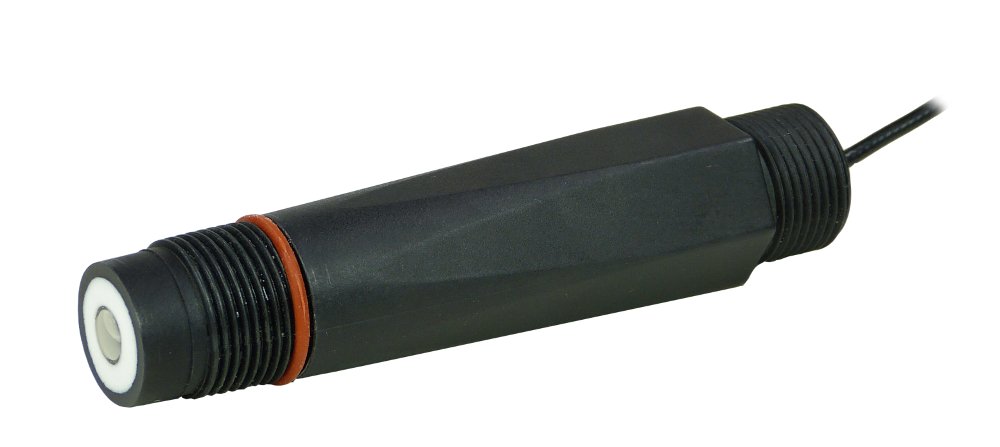pH ELECTRODES FOR INDUSTRIAL MEASUREMENTS
 The pH electrodes were designed over 100 years ago. First glass electrode was designed by a polish physicist Zygmunt Klemensiewicz. For many years a set consisting of the separate measuring and reference electrodes was used. Now days, in most cases, the pH electrodes are offered as a one combination electrode. In one electrode body both the measuring and the reference electrodes were placed.
The pH electrodes were designed over 100 years ago. First glass electrode was designed by a polish physicist Zygmunt Klemensiewicz. For many years a set consisting of the separate measuring and reference electrodes was used. Now days, in most cases, the pH electrodes are offered as a one combination electrode. In one electrode body both the measuring and the reference electrodes were placed.
The continuous measurements in industrial (online) conditions require very accurate choice of the proper type of the pH electrode.
The factors affecting the choice:
- Chemical compound of the measured solutions, (in some cases continuous measurement is not possible).
- Real, predicted range of the pH values.
- Temperature range of the measured solutions.
- Sediments and fat / oil content.
- Pressure, in case of measurements in a pipeline.
- Actions of the users during the exploitation process (systematic cleaning, maintenance).
Wrong choice of the electrode may result in unstable results, shortened lifetime and sometimes in irreversible destroying of the electrode.
The differences in the electrode's constructions are connected with the different purposes of their use. There are different pH electrodes for the deionised water measurements, different for the clean water and different for the waste water or chemical compounds. Standard pH electrode used for measurements in ultra pure water will give an unstable results.
For measurements in a pipeline, liquids containing deposits it is advised to choose the pH electrode with a flat self cleaning membrane and thread which enables its screwing in.
Electrodes offered for measurements in temperatures above 100 °C have different type of the glass than the standard electrodes which usually can work in temperatures 50 to 80 °C. There are huge differences in the construction of the electrolytic junction (diaphragm) which ensures the contact between the measured solution and the reference half cell. Typical standard ceramic junction can, much easier, get clogged with some sediments than the Teflon junction with larger surface.
Detailed description of the electrodes after choosing the type.
|
EPX-1t
|
- pH electrode with polycarbonate housing, for waste water and pressure up to 6 bar |
|
EPX-4, EPX-4U
|
- glass pH electrodes for water with acids or alkalies, for pressure up to 3 bar |
|
EPX-4B, EPX-4UB
|
- glass pH electrodes for ultra pure water, for pressure up to 3 bar |
|
EPX-5, EPX-5t
|
- glass pH electrodes for liquids with average amount of sediments, for example effluent |
|
EPS-2B
|
- glass pH electrode for liquids with higher temperatures - up to 120 °C |
|
EPP-1B
|
- plastic body pH electrode for liquids with low deposits content |

